Home>Articles>8 Tips For Staying Cool When Your Air Conditioner Is Broken
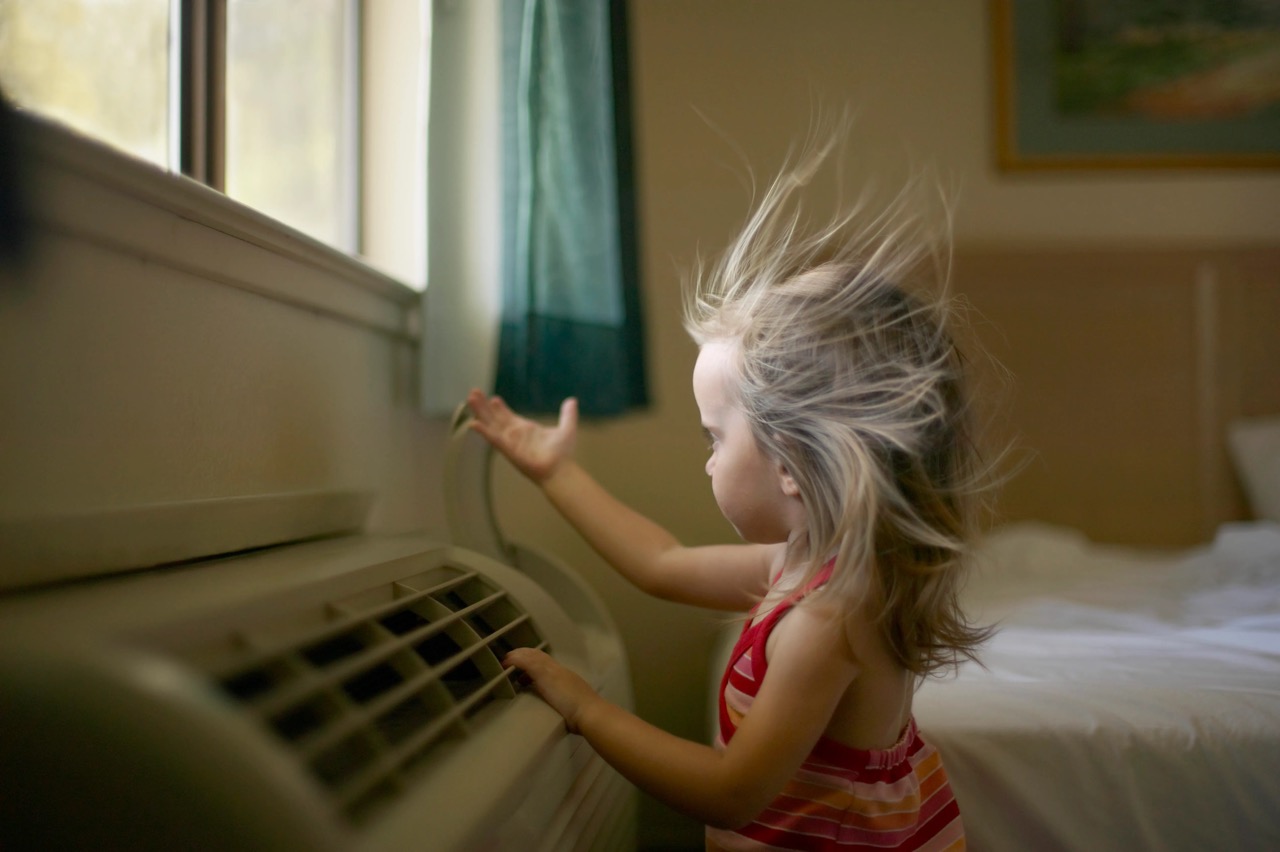

Articles
8 Tips For Staying Cool When Your Air Conditioner Is Broken
Modified: January 9, 2024
Looking for articles with tips on staying cool when your air conditioner is broken? Check out these 8 helpful suggestions to beat the heat without AC.
(Many of the links in this article redirect to a specific reviewed product. Your purchase of these products through affiliate links helps to generate commission for Storables.com, at no extra cost. Learn more)
Introduction
Picture this: it’s the height of summer, the sun is scorching outside, and your air conditioner decides to call it quits. The thought of living without cool air might be enough to make you break into a sweat, but fear not! While waiting for your A/C repair, there are several effective strategies you can employ to keep cool and make the most of the situation. Whether you’re in an apartment, house, or office space, these tips will help you stay comfortable when your air conditioner is broken.
When your air conditioner fails, it’s important to find alternative cooling methods to beat the heat. Opening windows and using fans can create a cooling breeze throughout your space. Cross-ventilation is another effective technique that involves strategically placing fans or opening windows on opposite sides of your home or office to encourage air circulation. These simple methods are great for creating a natural and refreshing airflow.
In addition to using fans and cross-ventilation, utilizing cooling devices can provide targeted relief in specific areas. Portable fans, air coolers, and dehumidifiers are all excellent options to consider. Portable fans can be placed near you to create a personal cooling effect, air coolers can lower the ambient temperature of a room, and dehumidifiers can remove excess moisture from the air, making it feel cooler.
Staying hydrated is vital when dealing with high temperatures. Sweating causes your body to lose fluids, so it’s essential to replenish with plenty of water. Keep a water bottle nearby and make sure to drink continuously throughout the day. Avoiding excessive caffeine and alcohol is also recommended, as they can contribute to dehydration.
The clothes you wear can directly impact your comfort level in hot weather. Opt for lightweight, breathable fabrics such as cotton and linen, which allow for better air circulation and moisture absorption. Loose-fitting clothing can also help you stay cooler, as it allows for better airflow and prevents excessive perspiration.
Blocking out sunlight can significantly reduce the heat coming into your space. Close blinds, curtains, or shades during the hottest parts of the day to keep the sun’s rays from warming up your surroundings. Additionally, using reflective window film or installing blackout curtains can further minimize heat gain and create a more comfortable environment.
Engaging in heat-generating activities can quickly elevate the temperature indoors. Avoid using appliances that produce heat, such as the oven, stovetop, or dryer, during the day. Instead, opt for meals that require minimal cooking or consider using alternative cooking methods like grilling or using a slow cooker. You can also save energy by switching to LED bulbs, as they generate less heat compared to traditional incandescent bulbs.
Optimizing your sleeping environment is crucial, as a good night’s sleep is essential for your overall well-being and comfort. Consider using lighter bedding materials, such as cotton sheets and a breathable blanket, or even opting for a cooling mattress pad or pillow. If possible, move your bed closer to the floor, as hot air rises, and sleeping closer to the ground can provide some relief from the heat.
While living without air conditioning may initially seem like a daunting challenge, by implementing these tips, you can stay cool and comfortable during those sweltering summer days. Remember to stay creative, stay hydrated, and adapt your environment to beat the heat until your air conditioner gets back up and running. So, don’t let a broken A/C system ruin your summer – embrace these strategies and keep your cool!
Key Takeaways:
- Stay cool without air conditioning by opening windows, using fans strategically, and utilizing cooling devices. Dress appropriately, block out sunlight, and avoid heat-generating activities to maintain comfort during hot days.
- Optimize your sleeping environment with breathable bedding, cooling accessories, and airflow to ensure restful sleep without air conditioning. Prioritize hydration and creative cooling strategies to beat the heat until your A/C is repaired.
Read more: How To Tell If An Air Conditioner Is Broken
Tip 1: Open Windows and Use Fans
One of the simplest and most effective ways to stay cool when your air conditioner is broken is to open windows and use fans strategically. Opening windows allows fresh air to circulate throughout your space, providing much-needed ventilation and helping to lower the overall temperature.
Strategically placing fans in your home or office can help create a cooling breeze. Consider placing a fan near a window to draw in cool air from outside. If you have multiple windows, position fans strategically to create cross-ventilation. This involves placing fans on opposite ends, with one fan facing inward to draw in fresh air and the other facing outward to expel hot air. This technique creates a natural airflow and can make a significant difference in cooling the space.
If you have ceiling fans, make sure they are rotating counterclockwise during the summer. This direction creates a downdraft that helps create a wind-chill effect, making you feel cooler. Remember to adjust the fan’s speed according to your comfort level.
When using fans, it’s important to keep in mind that they cool people, not rooms. Therefore, it is best to have fans pointed directly at you or the area where you are spending the most time. This way, the moving air will help evaporate perspiration from your skin, giving you a sensation of coolness.
Consider using box fans or standing fans if you need portable cooling in specific areas. These fans can be easily moved from room to room, allowing you to cool down the space you are currently occupying. Place the fan a few feet away from you, aiming it towards your body for maximum comfort.
Remember that airflow is essential when utilizing fans. Ensure that there is a clear path for air to circulate by keeping doors open between rooms. This will allow for better ventilation and create a more uniform cooling effect throughout your home or office.
While opening windows and using fans is an effective way to stay cool, it’s important to be mindful of the outdoor conditions. For example, if the outside temperature is extremely high or the air quality is poor, it may be better to keep the windows closed and rely solely on fans. Use your judgment and adjust accordingly to create a comfortable and safe environment.
By opening windows and strategically using fans, you can maximize airflow, create a cooling breeze, and keep yourself comfortable while waiting for your air conditioner to be repaired. This cost-effective and easy-to-implement tip can make a significant difference in your overall comfort level during those hot summer days.
Tip 2: Create Cross-Ventilation
When your air conditioner is out of commission, creating cross-ventilation can be a game-changer in keeping your space cool and comfortable. Cross-ventilation is a technique that involves strategically placing fans or opening windows on opposite sides of your home or office to promote airflow and circulation.
The first step in creating cross-ventilation is to identify the windows or doors that are opposite each other, ideally on different sides of your space. These will serve as the entry and exit points for the air to flow through. Open these windows wide to allow fresh air to enter and hot air to escape.
Next, position one or more fans near the windows to help facilitate the movement of air. Placing a fan near the window on the opposite side of the incoming air will create a crosswind, effectively pushing the stagnant hot air out and drawing in cooler air from outside.
It’s crucial to pay attention to the alignment of the fans to ensure they are properly synchronized with the direction of airflow. One fan should be facing inward, blowing air into the space, while the other fan should be facing outward, expelling hot air. By creating this circulation, you can create a continuous flow of fresh air throughout the room.
If you have multiple rooms, consider opening doors to allow air to flow freely from one space to another. This will further enhance the cross-ventilation effect and help cool down the entire area.
Keep in mind that cross-ventilation works best when there is a significant difference in temperature and pressure between the inside and outside air. It is often most effective during the cooler parts of the day, such as early morning or late evening, when the temperature outside is lower than inside.
In addition to using fans, you can enhance cross-ventilation by strategically positioning objects to direct the airflow. Place a shallow dish of ice or a wet towel in front of the fan to create a cooling effect as the air blows over the chilled surface. You can also use curtains or blinds to direct the airflow towards specific areas or to prevent direct sunlight from entering the room, reducing the heat load.
Remember to adjust the fans’ speed and direction according to your comfort level and the prevailing weather conditions. Higher fan speeds will result in a stronger airflow, while lower speeds can create a gentle breeze. Experiment with different settings to find the right balance for optimal comfort.
Creating cross-ventilation is an effective way to cool down your space naturally. By strategically positioning fans, opening windows on opposite ends, and promoting airflow between rooms, you can significantly improve the comfort level while your air conditioner is out of commission.
Tip 3: Use Cooling Devices
When your air conditioner is broken, using cooling devices can be a lifesaver in keeping you comfortable during those hot days. These devices can provide targeted relief and help lower the ambient temperature in your space.
One of the most common cooling devices is a portable fan. These can be easily moved around to provide direct cooling in specific areas. Place a fan near you to create a personal cooling effect. You can adjust the fan’s speed and direction to find the most comfortable setting. For an extra cooling boost, place a bowl of ice or a damp cloth in front of the fan to create a refreshing breeze.
Another popular option is an air cooler. These devices work by evaporating water to cool the air. Air coolers are especially effective in dry climates. They draw in warm air, pass it through a moisture-soaked pad or filter, and release cool, humidified air into the room. Some air coolers also have additional features, such as built-in timers, oscillation, and adjustable fan speeds, allowing you to customize your comfort levels.
For those dealing with excessive humidity, a dehumidifier can provide relief. While a dehumidifier doesn’t cool the air directly, it helps remove excess moisture, making the space feel cooler and more comfortable. By reducing the humidity levels, you can prevent that sticky feeling and discourage the growth of mold and mildew.
If you have access to a freezer, an ice pack or a gel cooling pad can be placed on your body or under your pillow to provide instant relief from the heat. These cooling packs can stay cold for extended periods and can be reused multiple times.
Another option is to use a cooling misting fan. These fans combine the cooling power of both water mist and airflow. The mist provides evaporative cooling, while the fan circulates the cooled air, creating a refreshing sensation. Misting fans are portable and can be used both indoors and outdoors, making them ideal for staying cool in various settings.
When using cooling devices, it’s important to be mindful of energy consumption. Opt for energy-efficient models and consider using them in conjunction with other strategies, such as opening windows or blocking out sunlight, to maximize their effectiveness while minimizing energy usage.
Remember to maintain and clean your cooling devices regularly to ensure optimal performance. Follow the manufacturer’s instructions for proper care and storage, and clean filters or pads as recommended to prevent the buildup of dust and debris.
Using cooling devices in conjunction with other tips can provide a multi-faceted approach to beating the heat when your air conditioner is broken. Experiment with different devices to find the combination that works best for you and enjoy a cooler and more comfortable environment.
Tip 4: Stay Hydrated
When dealing with high temperatures, staying hydrated is essential for your well-being and comfort. As your body sweats to cool down, it loses fluids that need to be replenished regularly. Proper hydration not only helps regulate your body temperature but also supports overall health and function.
Make it a habit to drink water consistently throughout the day, even if you don’t feel thirsty. Keep a water bottle nearby and take sips frequently to avoid dehydration. Aim for at least eight cups of water per day, and adjust your intake based on your activity level and the temperature of your environment.
In addition to water, you can also consume hydrating foods and beverages. Fresh fruits and vegetables with high water content, such as watermelon, cucumber, and strawberries, can contribute to your overall hydration. Other beverages like herbal teas, coconut water, or infused water can add variety to your hydration routine.
Avoid excessive consumption of caffeine and alcohol, as they can dehydrate your body. If you can’t resist that morning coffee or evening cocktail, make sure to pair it with extra water to offset the dehydrating effects.
Consider using a water-reminder app or setting reminders on your phone to prompt you to drink water regularly. This can help you stay mindful of your hydration levels and ensure you’re taking in enough fluids throughout the day.
If you find plain water boring, you can add flavorings like lemon or cucumber slices, mint leaves, or a splash of fruit juice to make it more enticing. Some people find drinking from a cool or chilled water bottle more refreshing, so consider keeping your water in the fridge or adding ice cubes to make it extra cold.
Remember that hydration is not only important during the day but also during the night. Keep a glass of water by your bedside to sip on if you wake up feeling parched during warm nights. Proper hydration will not only help keep your body temperature in check but also support better sleep quality.
It’s worth noting that staying hydrated is crucial even if you don’t feel thirsty. Thirst is a late indicator of dehydration, so it’s important to proactively drink water throughout the day to maintain adequate hydration levels.
By staying hydrated, you can help regulate your body temperature and stay comfortable despite the absence of air-conditioning. Don’t underestimate the power of water in keeping you cool and refreshed when your air conditioner is out of commission.
Close curtains and blinds during the day to block out the sun’s heat and keep your home cooler. This can help reduce the need for air conditioning.
Tip 5: Dress Appropriately
The clothes you wear can have a significant impact on your comfort level when your air conditioner is broken. Choosing the right attire can help regulate your body temperature and prevent excessive sweating, helping you stay cool during hot days.
Opt for clothing made from lightweight and breathable fabrics such as cotton, linen, or bamboo. These natural fibers allow for better airflow and ventilation, helping to prevent the buildup of sweat and heat on your skin. Avoid synthetic materials like polyester, nylon, or rayon, as they tend to trap heat and moisture, making you feel more uncomfortable.
Loose-fitting clothing is also recommended in hot weather. Baggy or flowy garments allow for better air circulation around your body, which can help evaporate sweat and keep you cooler. Avoid tight-fitting clothes, as they can restrict airflow and trap heat against your skin.
Consider wearing light-colored clothing, particularly white or pastel shades. Light colors reflect sunlight, reducing the absorption of heat into your body. Darker colors, on the other hand, tend to absorb more heat, making you feel hotter. Opting for lighter shades can make a noticeable difference in keeping you comfortable during sweltering days.
If you’re spending time outdoors in direct sunlight, consider wearing a hat or cap to protect your head and face from the sun’s rays. Look for hats with wide brims that provide shade and keep the sun off your face and neck. Additionally, wearing sunglasses can protect your eyes from the sun’s glare and prevent squinting, which can lead to discomfort and headaches.
When it comes to footwear, breathable and open shoes are ideal for hot weather. Sandals, flip-flops, or canvas shoes allow your feet to breathe and prevent excessive sweating. Avoid wearing closed-toe shoes unless necessary, as they can trap heat and moisture, leading to discomfort and potential foot problems.
In addition to choosing the right clothing, consider using cooling accessories to further enhance your comfort. Cooling towels, neck wraps, or wristbands can be soaked in cool water and worn around your neck, forehead, or wrists to provide instant relief from the heat. These accessories have special fabrics that retain moisture and provide a cooling effect as the water evaporates.
By dressing appropriately for hot weather, you can help regulate your body temperature and stay comfortable even without the luxury of air conditioning. Lightweight and breathable fabrics, loose-fitting attire, light-colored clothing, and the use of cooling accessories can all contribute to a more comfortable and enjoyable experience during those scorching days.
Tip 6: Block Out Sunlight
Blocking out sunlight is a simple yet effective strategy to keep your space cool and comfortable when your air conditioner is broken. Sunlight can significantly contribute to heat gain, so minimizing its entry into your home or office can make a noticeable difference in maintaining a cooler environment.
Start by closing blinds, curtains, or shades during the hottest parts of the day. This helps prevent direct sunlight from entering your space and heating up the room. Light-colored or reflective window coverings are particularly effective in reducing heat transfer, as they can reflect the sun’s rays back outside.
If you want to maximize heat reduction, consider using blackout curtains or thermal shades. These specially designed window coverings have insulating properties that help block not only sunlight but also heat. They can reduce the amount of solar radiation that penetrates through windows, helping to keep your space significantly cooler.
Another option to block out sunlight is to use window film or window tinting. These thin, adhesive films can be applied directly to the glass surfaces of your windows. Solar control window films can effectively reduce the amount of heat and UV radiation entering your space while still allowing natural light to filter through.
For windows that receive direct sunlight, consider using exterior shading methods such as awnings, shutters, or outdoor blinds. These can be particularly useful for large windows or patio doors. Exterior shading creates a physical barrier to block the sun’s rays before they have a chance to heat up your interior space.
Remember to address any cracks or gaps around windows and doors. These small openings can allow hot air to seep in and reduce the effectiveness of your efforts to block out sunlight. Use weather stripping or caulking to seal these gaps and ensure a more airtight environment.
In addition to blocking out direct sunlight, consider landscaping your outdoor space strategically. Planting trees, shrubs, or installing shading structures like pergolas or arbors can provide natural shade and significantly reduce the amount of sun that reaches your windows.
While blocking out sunlight can help keep your space cooler, it’s important to strike a balance. Natural light has its benefits, and completely darkening your space might not be ideal. Be mindful of your personal preferences and the need for natural light, especially during the cooler parts of the day or in rooms where sunlight is more desirable.
By blocking out sunlight, whether through window coverings, films, or exterior shading methods, you can significantly reduce heat gain and create a more comfortable indoor environment despite the absence of air conditioning.
Tip 7: Avoid Heat-Generating Activities
When your air conditioner is broken, it’s important to be mindful of activities that generate heat and contribute to a warmer indoor environment. By avoiding or minimizing these heat-generating activities, you can help keep your space cooler and more comfortable during hot days.
One of the primary culprits of heat generation is cooking with appliances such as ovens and stovetops. These appliances produce a significant amount of heat that can quickly raise the temperature in your space. Instead of using these heat-intensive cooking methods, opt for meals that require minimal or no cooking. Embrace lighter dishes such as salads, sandwiches, or cold pasta dishes. If you still want a warm meal, consider alternative cooking methods like grilling outdoors or using a slow cooker, which generates less heat.
Another activity to avoid is using the dryer to dry your clothes. Clothes dryers emit large amounts of heat, making your laundry room or the surrounding area warmer. Instead, take advantage of the warm weather and let your clothes dry naturally by hanging them outdoors or using indoor drying racks.
Electronics and appliances also contribute to heat generation. Keep in mind that most electrical devices produce heat when in use, even if they don’t transfer heat directly into the surrounding air. To reduce heat generation, unplug devices and appliances when not in use. Additionally, consider replacing inefficient or outdated appliances with energy-efficient models, as these tend to generate less heat while still providing the necessary function.
Traditional incandescent light bulbs are notorious for generating a significant amount of heat. Consider switching to energy-efficient LED bulbs, which not only consume less energy but also generate less heat. This simple swap can lead to a noticeable reduction in heat production and contribute to a cooler indoor environment.
Be mindful of heat generated by personal grooming practices. Blow dryers, curling irons, and straighteners can add heat to your already warm space. Use these tools in well-ventilated areas or opt for air-drying your hair. Similarly, if possible, avoid hot showers and opt for cooler water temperatures to prevent unnecessary heat in your bathroom.
Lastly, be cautious of excessive computer or electronic usage. Computers generate heat, especially when running resource-intensive tasks. If possible, try to minimize usage or consider using a laptop instead of a desktop, as laptops generally produce less heat.
By avoiding heat-generating activities, you can minimize the overall heat load in your space and maintain a cooler environment. Opt for alternative cooking methods, air dry your clothes, unplug electronic devices when not in use, switch to energy-efficient light bulbs, and be mindful of personal grooming practices that generate heat. These small adjustments can make a significant difference in keeping your space cooler during those hot days without the help of an air conditioner.
Tip 8: Optimize Your Sleeping Environment
A good night’s sleep is crucial for your overall well-being and comfort, especially when your air conditioner is broken. To ensure restful sleep during hot nights, it’s important to optimize your sleeping environment and create a cool and comfortable space.
Start by adjusting your bedding materials. Opt for lightweight and breathable fabrics such as cotton or bamboo sheets. These natural fibers allow for better air circulation and moisture absorption, keeping you cool and dry throughout the night. Avoid synthetic materials like polyester, as they tend to trap heat and moisture.
Consider using a cooling mattress pad or topper. These accessories are designed to absorb and dissipate body heat, helping to regulate your body temperature while you sleep. They can provide an extra layer of comfort and cooling relief, creating a more comfortable sleeping surface.
If you find yourself waking up sweaty during the night, try using moisture-wicking sleepwear. These specially designed pajamas are made from fabrics that draw moisture away from your body, keeping you dry and cool. Additionally, wearing lightweight and loose-fitting sleepwear can further enhance airflow and promote better temperature regulation.
Adjust your pillows according to your comfort needs. Consider using pillows made from cooling materials such as buckwheat, shredded foam, or gel-infused memory foam. These types of pillows provide better airflow and heat dissipation, helping to keep your head and neck cool during the night.
Position a fan in your bedroom to create a gentle breeze. Point it towards your bed or angled in a way that provides direct airflow. The circulating air can help evaporate sweat and create a more comfortable sleeping environment. Experiment with fan speed and direction to find the setting that suits your preference.
If it’s safe and feasible, open windows in your bedroom to promote cross-ventilation and allow fresh air to flow in. As cooler air enters the room, it helps lower the overall temperature and provides a refreshing breeze. However, be mindful of outdoor noise and security concerns when leaving windows open.
Consider using blackout curtains or blinds to block out sunlight during the day. This not only helps keep your bedroom cooler but also creates a darker sleeping environment, which can contribute to better sleep quality. Darker shades promote melatonin production, a hormone that helps regulate sleep and wake cycles.
If you’re still struggling to stay cool at night, try using a chilled water bottle or a cool pack placed under your pillow or on your body. The cold sensation can provide temporary relief and help you fall asleep faster.
Lastly, keep your bedroom well-ventilated during the day by opening windows or using a fan. This helps prevent the accumulation of hot air and allows fresh air to circulate throughout the room, creating a cooler starting point for bedtime.
By optimizing your sleeping environment with breathable bedding, cooling mattresses, moisture-wicking sleepwear, pillows, fans, and controlling sunlight, you can create a more comfortable space to rest and rejuvenate, even without air conditioning. Prioritizing a cool sleep environment will significantly contribute to your overall comfort and well-being during those hot summer nights.
Read more: When Should You Replace Your Air Conditioner
Conclusion
Living without an air conditioner when it’s hot outside can be a challenge, but with the right strategies, you can stay cool and comfortable until your A/C is repaired. By implementing these tips, you can create a more pleasant indoor environment and beat the heat during those sweltering days.
Opening windows and using fans strategically allows for fresh air circulation and creates a cooling breeze throughout your space. Creating cross-ventilation by strategically positioning fans and opening windows on opposite sides of your home or office further enhances the airflow and keeps the air moving.
Using cooling devices such as portable fans, air coolers, and dehumidifiers provides targeted relief in specific areas, allowing you to stay comfortable even without air conditioning. Staying hydrated is crucial, so remember to drink plenty of water and consume hydrating foods and beverages.
Dressing appropriately with lightweight and breathable fabrics, blocking out sunlight, and avoiding heat-generating activities are all important steps in maintaining a cooler environment. Optimizing your sleeping environment with the right bedding materials, cooling accessories, and airflow can help you get a good night’s sleep despite the lack of air conditioning.
While these tips are effective in keeping you cool, it’s important to prioritize your safety and well-being. Be mindful of your personal comfort levels and adjust the strategies accordingly. In extreme heat conditions or poor air quality, it’s essential to seek alternative accommodations or explore other cooling options to ensure your health and safety.
Remember, staying cool without air conditioning requires creativity, adaptability, and a bit of planning. Embrace these strategies, and take advantage of the resources available to you, such as natural ventilation, cooling devices, and optimizing your environment. By doing so, you can not only survive but thrive in the face of a broken air conditioner.
So, don’t let a malfunctioning air conditioner ruin your summer. Use these tips, stay cool, and make the most of the situation until your air conditioner is up and running again!
Frequently Asked Questions about 8 Tips For Staying Cool When Your Air Conditioner Is Broken
Was this page helpful?
At Storables.com, we guarantee accurate and reliable information. Our content, validated by Expert Board Contributors, is crafted following stringent Editorial Policies. We're committed to providing you with well-researched, expert-backed insights for all your informational needs.
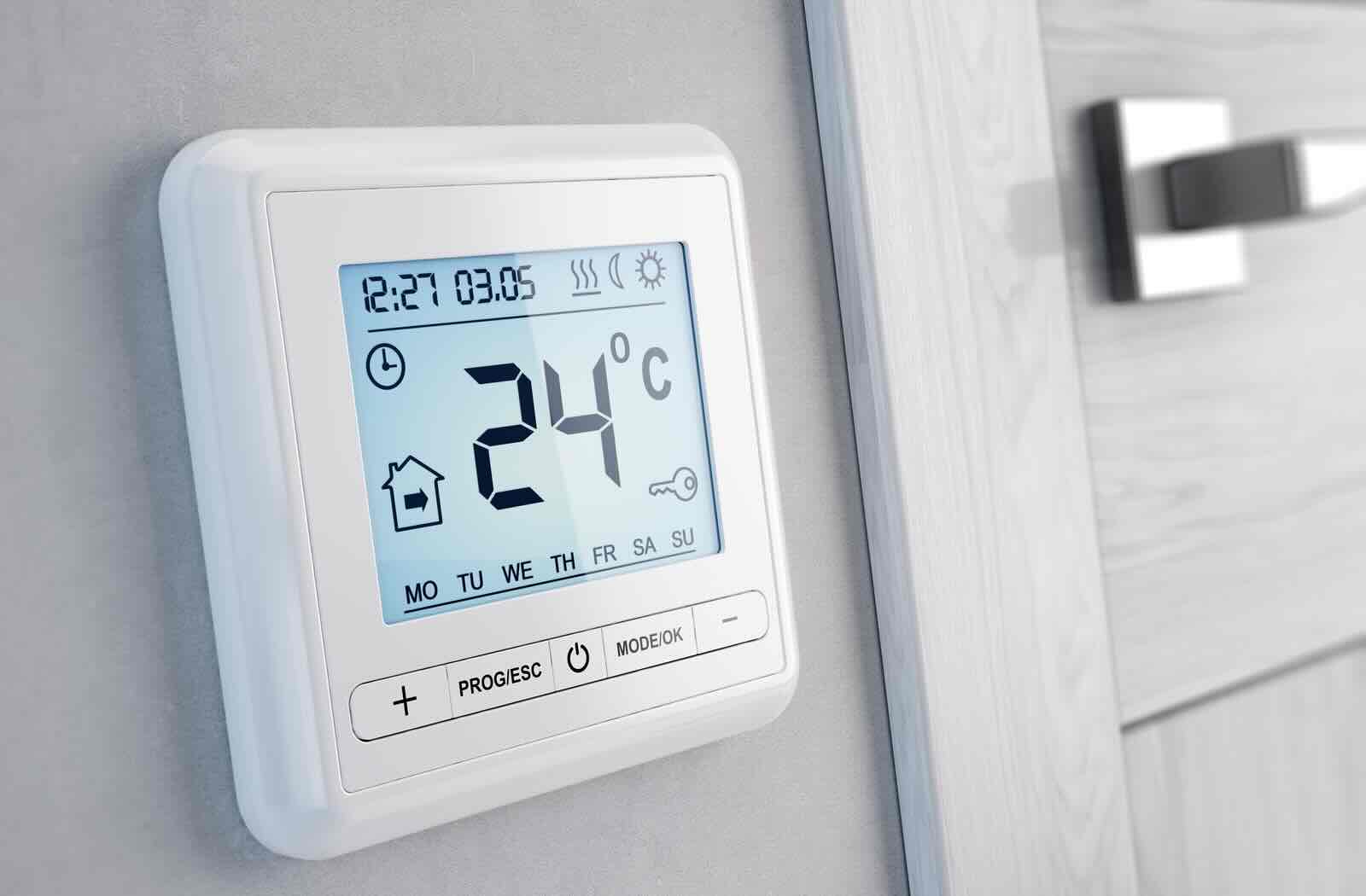
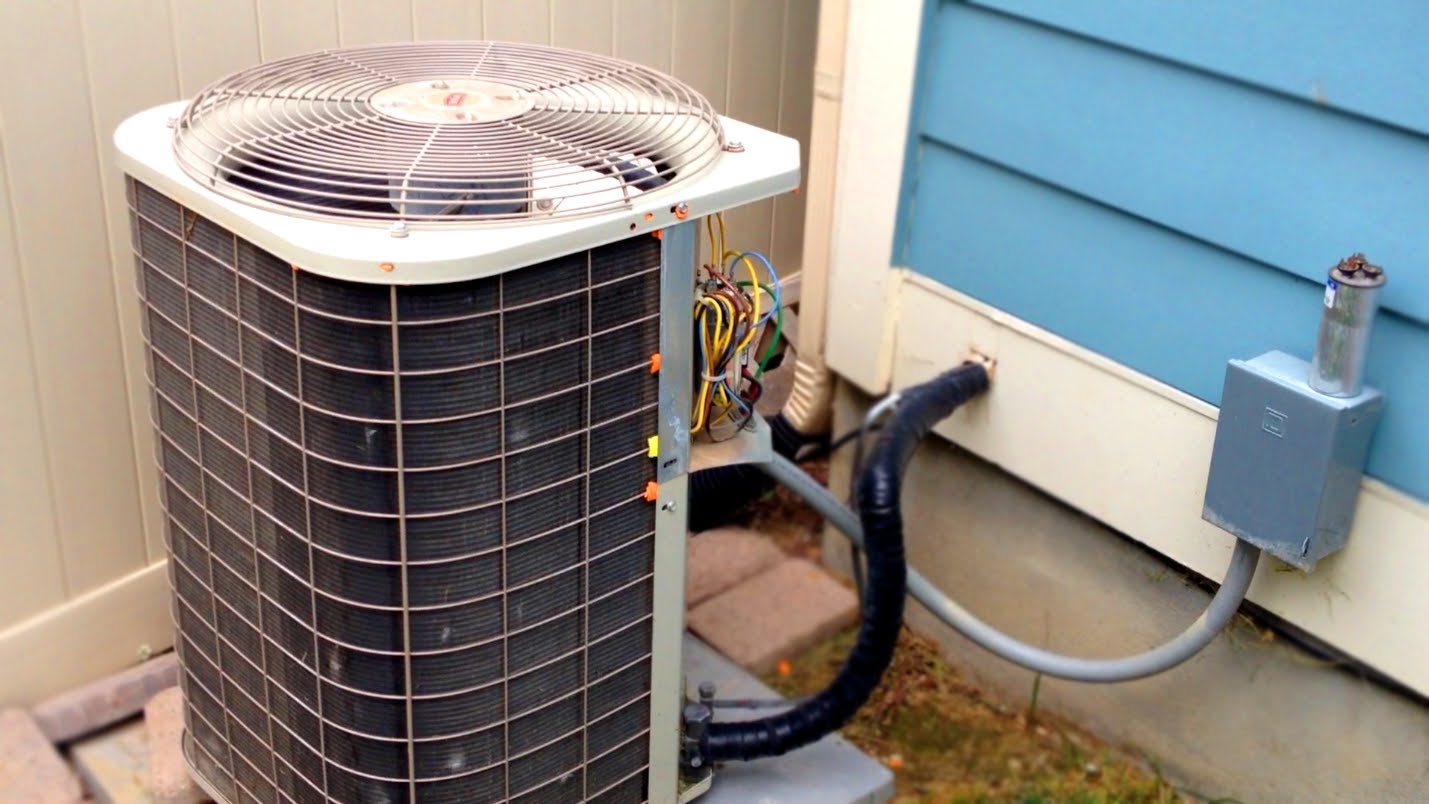
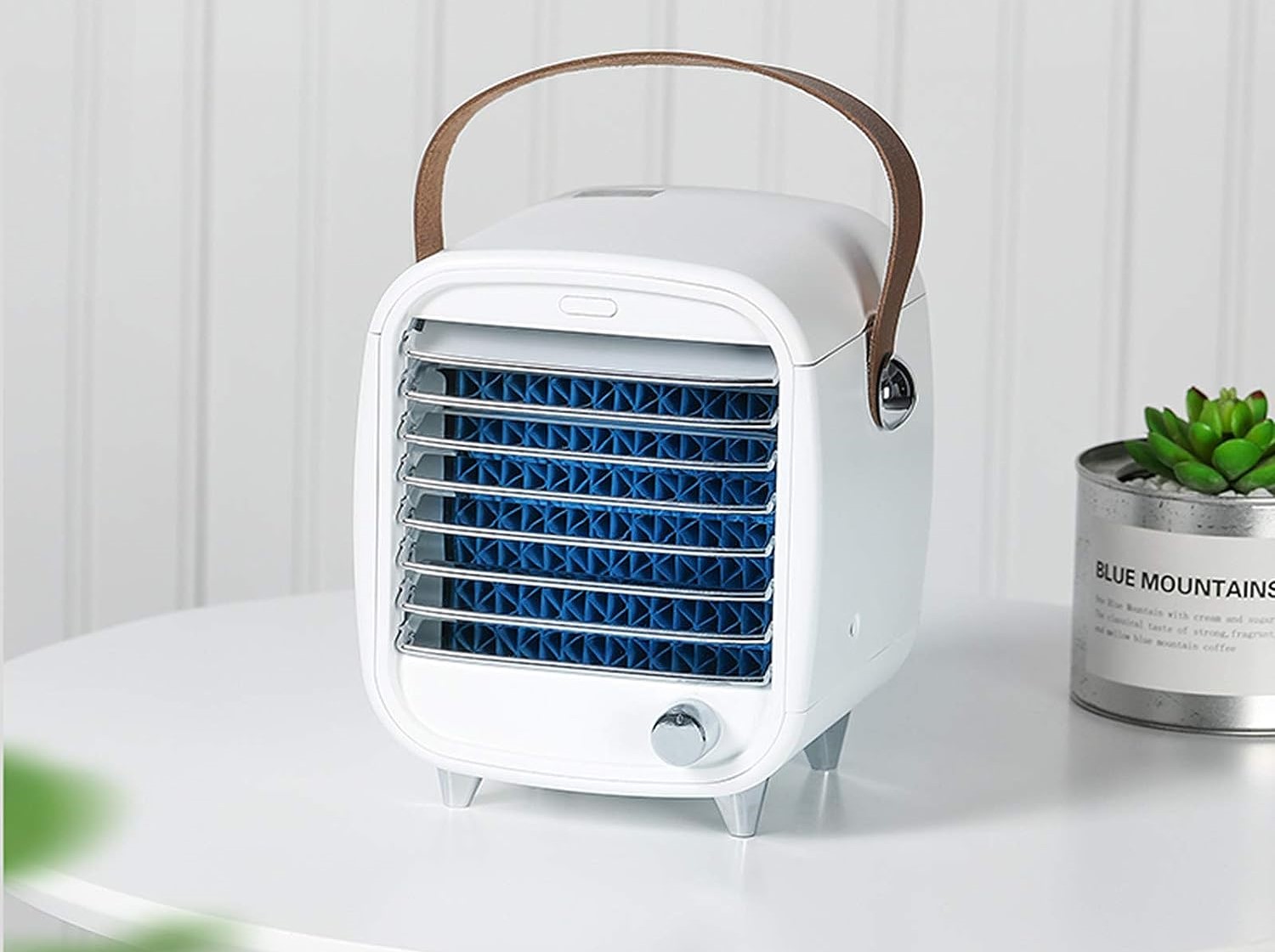
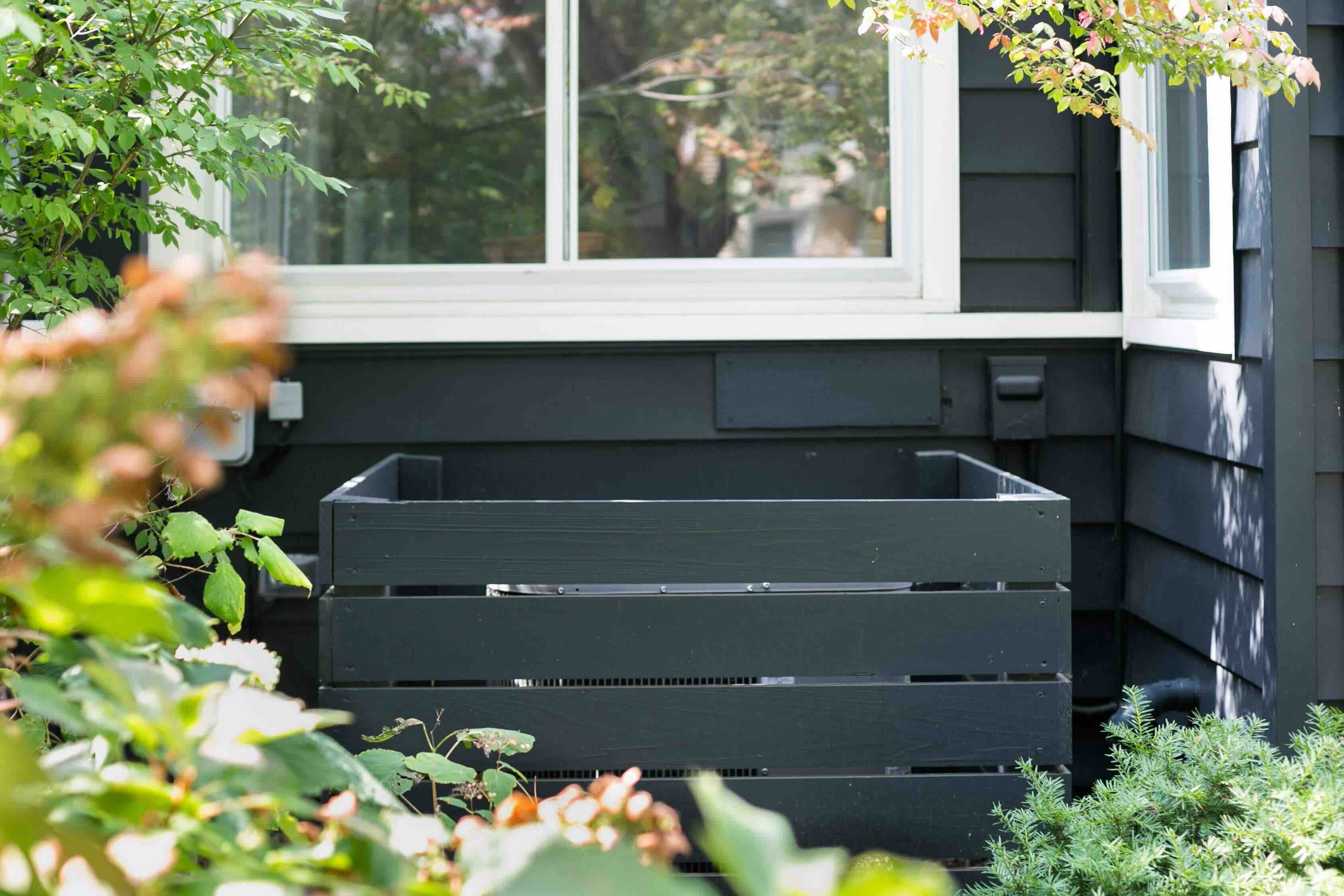


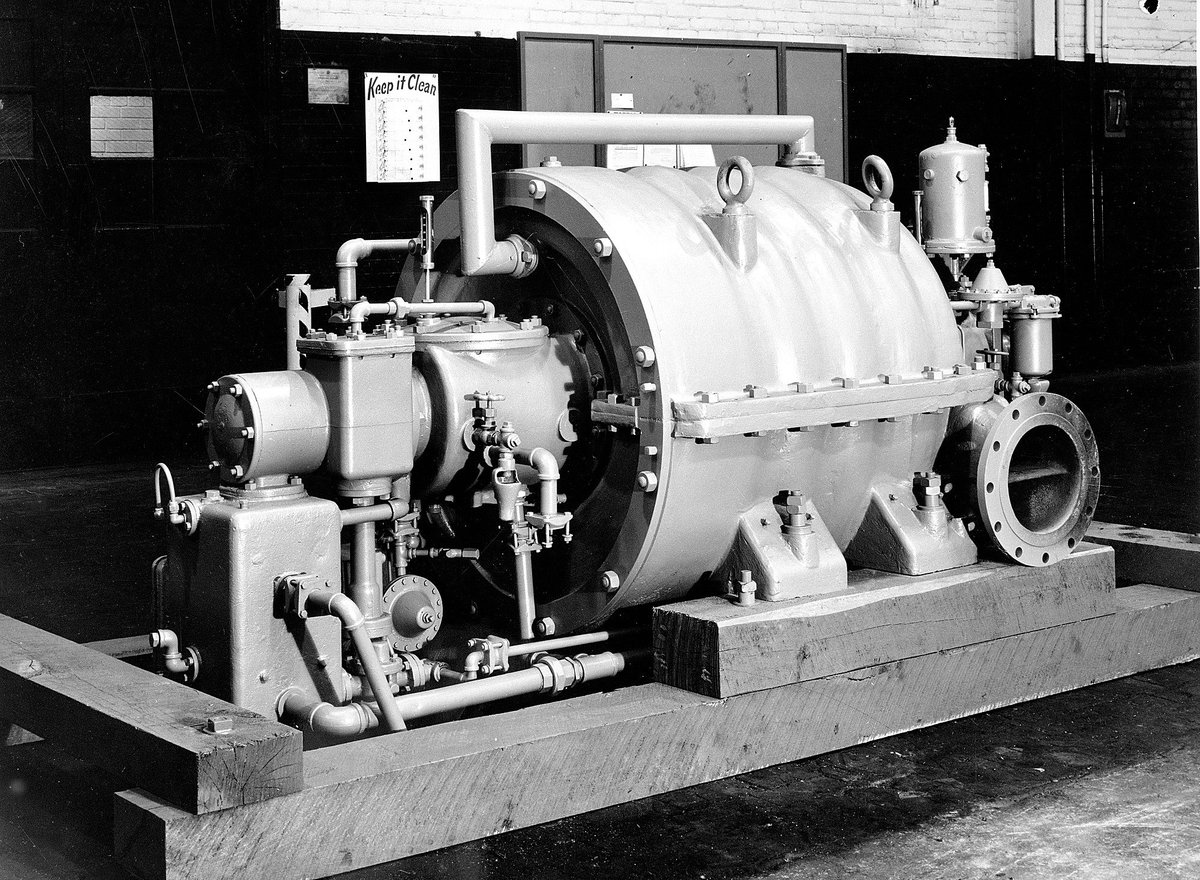
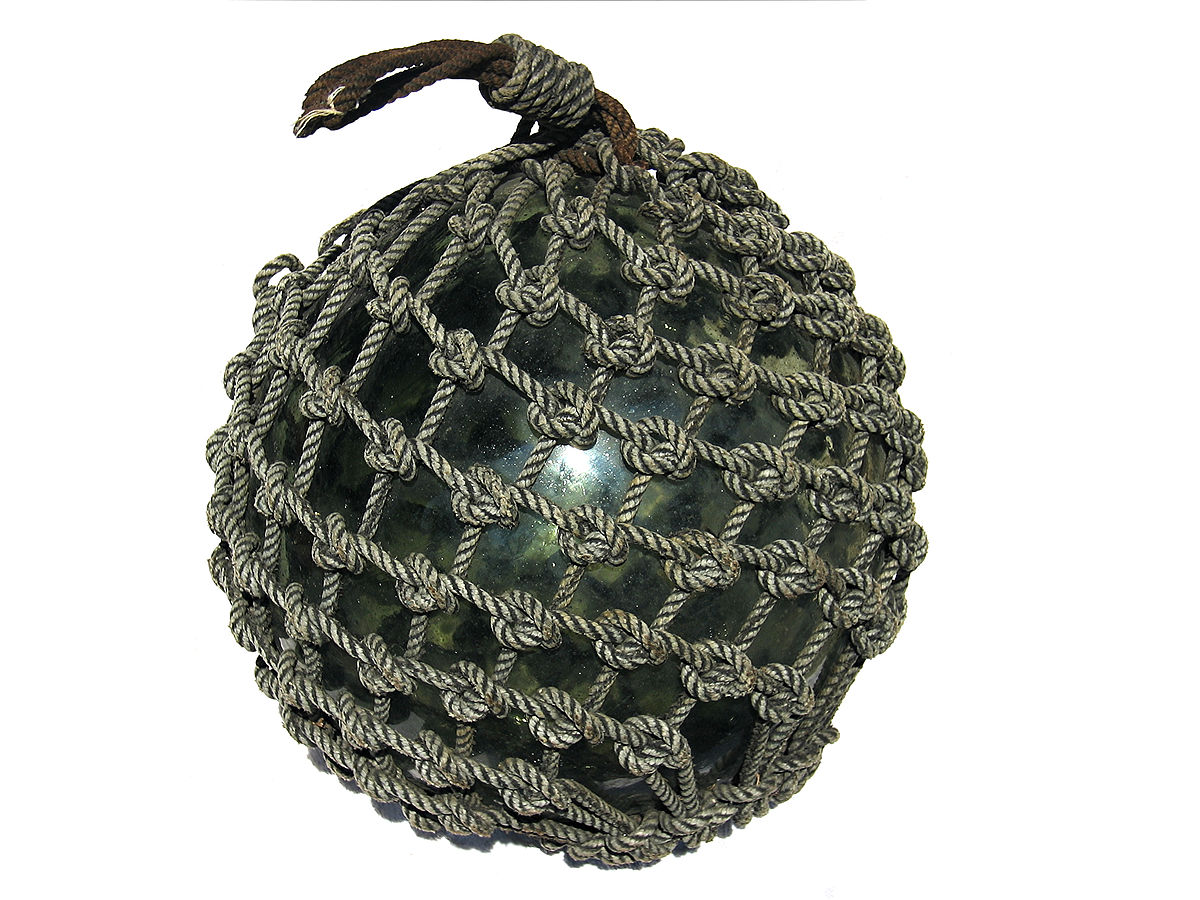
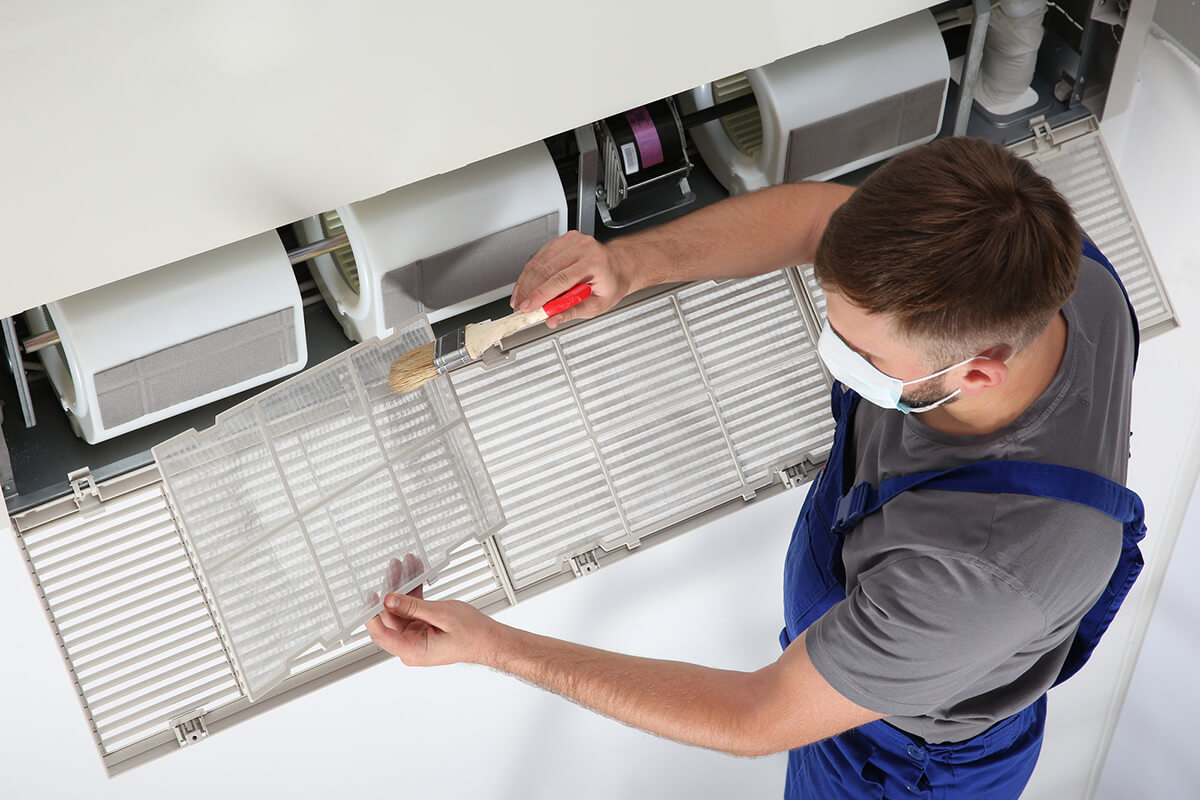
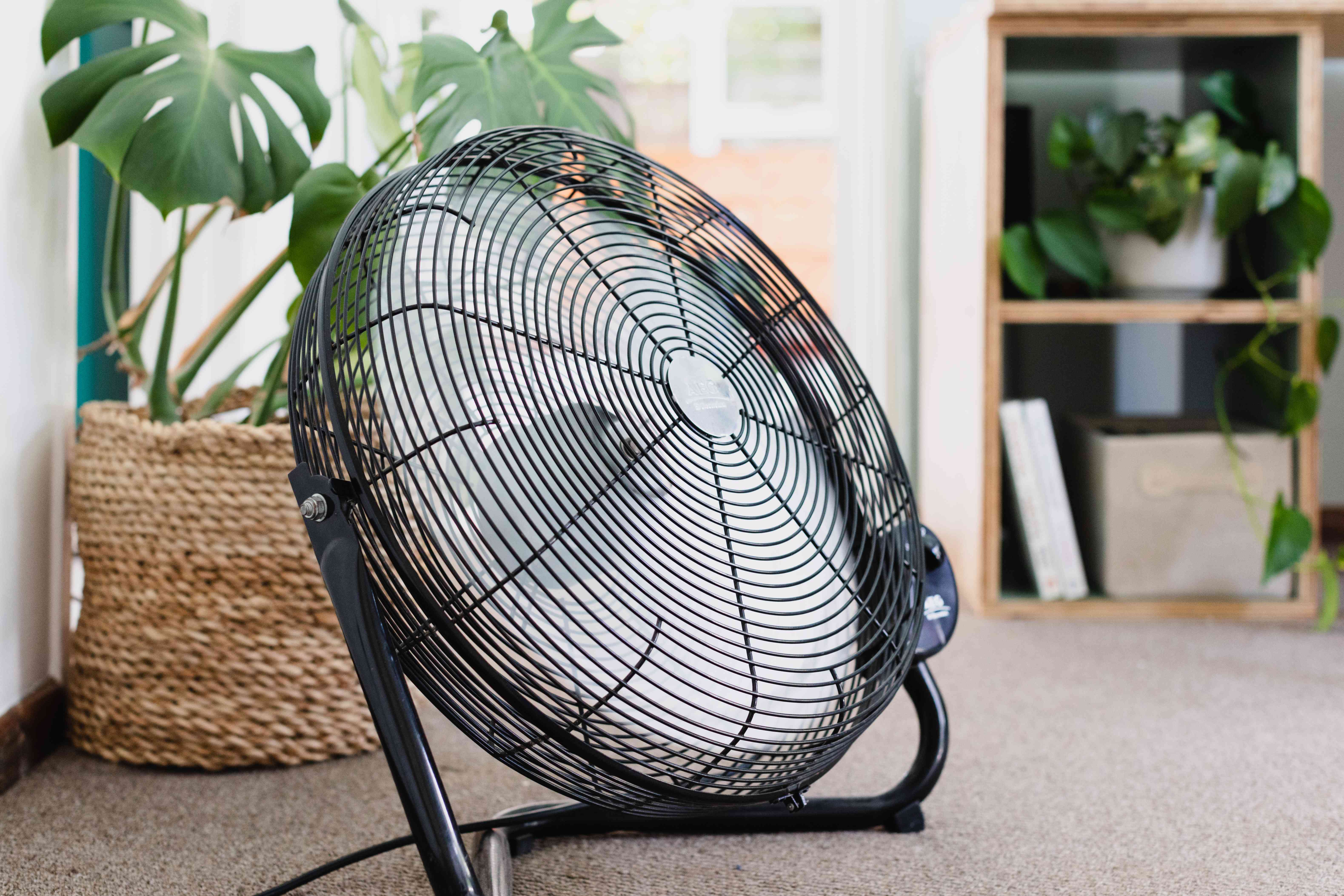
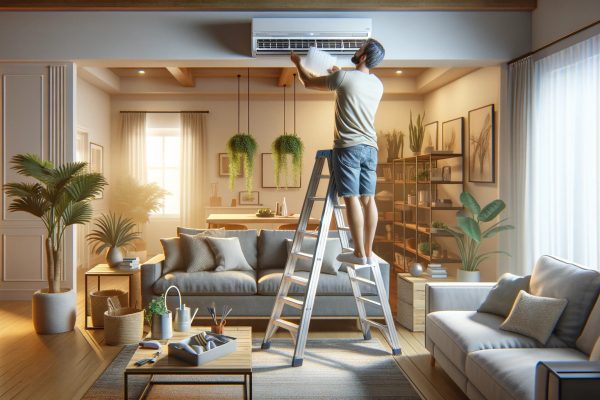
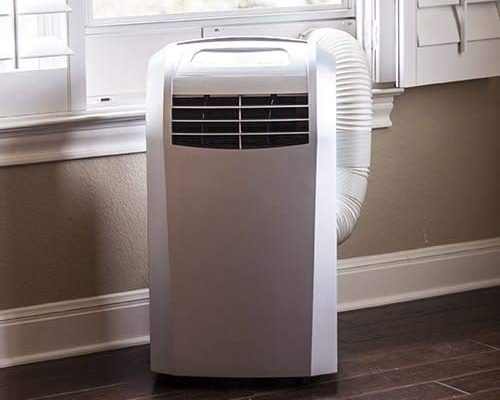
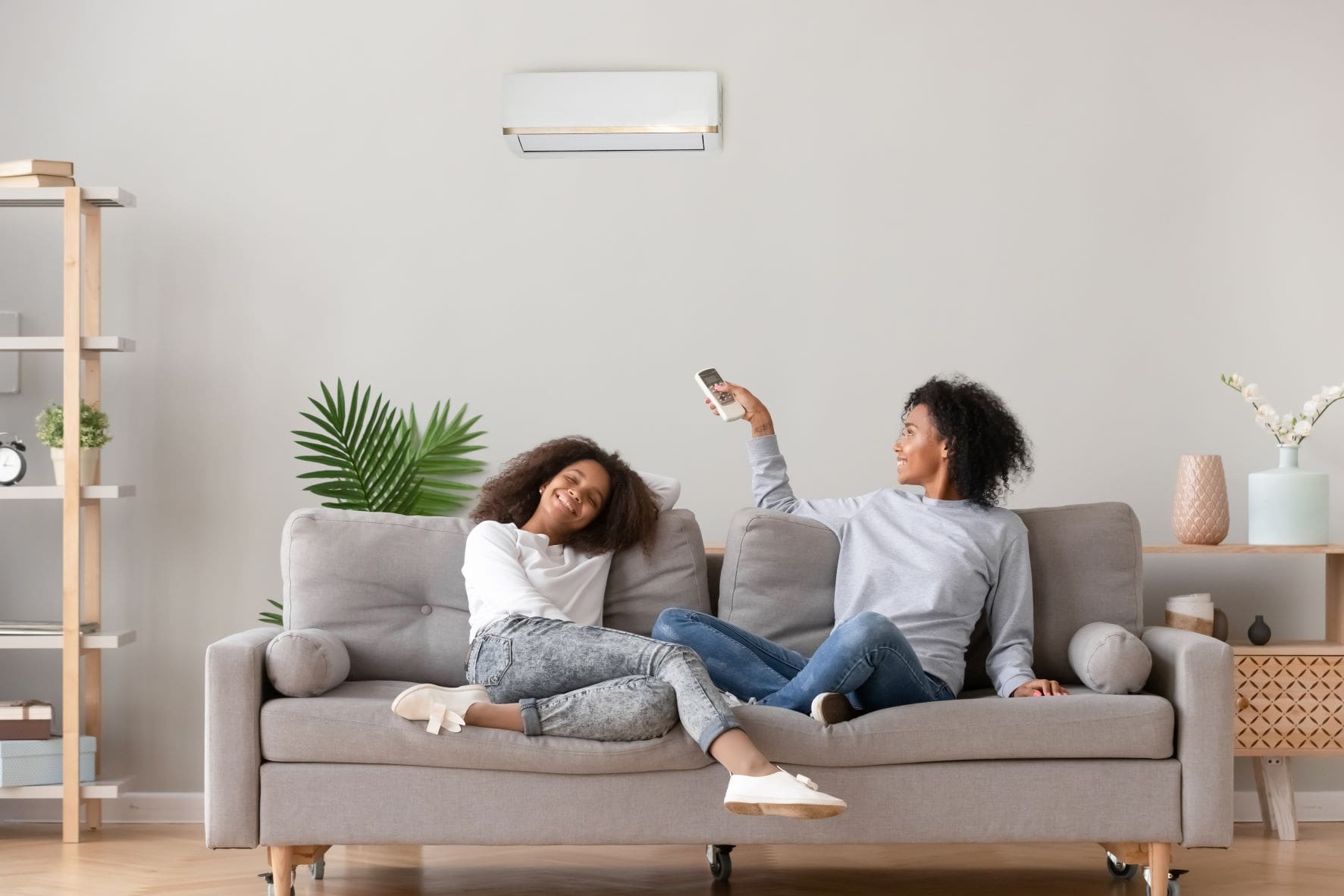

0 thoughts on “8 Tips For Staying Cool When Your Air Conditioner Is Broken”